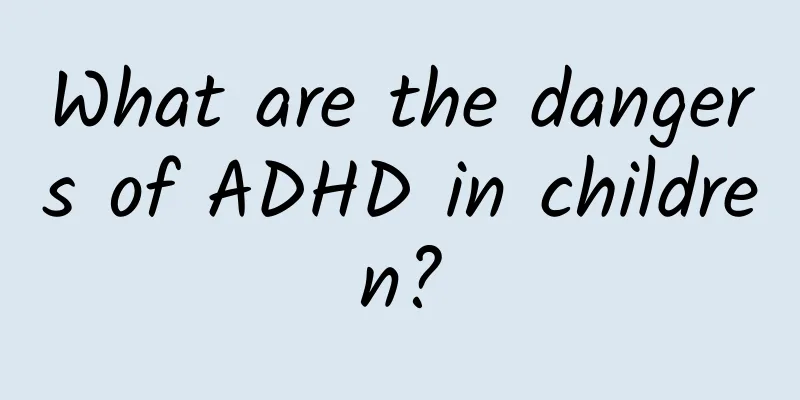Does Kawasaki disease affect life expectancy?

|
Will Kawasaki disease affect life expectancy? Kawasaki disease is a pediatric disease that is not uncommon in clinical practice. It not only brings serious impact and harm to children, but is also a huge disaster for a family because the disease can cause serious cardiovascular complications. So, will Kawasaki disease affect life expectancy? Experts explain that Kawasaki disease is generally not life-threatening, but if it is not treated in time and complications occur, it can be life-threatening. Invasion of the cardiovascular system is the main cause of death in Kawasaki disease patients. In the acute stage, it may cause myocarditis, pericarditis, heart failure or arrhythmia. 15 to 20 percent of Kawasaki disease patients may develop coronary artery aneurysms 1 to 3 weeks after onset, an average of about 10 days. More than 50 percent of coronary artery aneurysms disappear within 1 to 2 years, especially the common small and medium-sized coronary artery aneurysms with a diameter of less than 8 mm. As for giant coronary artery aneurysms with a diameter of more than 8 mm, they often fail to completely disappear in future follow-up, and are prone to thrombosis, causing acute myocardial infarction or coronary artery aneurysm rupture, both of which may cause sudden death. Myocardial infarction often occurs within 6 to 8 weeks of onset. In the future, after the coronary artery dilatation is healed, scar tissue may cause coronary artery stenosis or calcification, causing myocardial hypoxia. The prognosis of this disease is generally good, and most children can recover on their own. The mortality rate has dropped to less than 1%, and about 2% will relapse. In addition, some cases have early lymphadenopathy, which is unilateral or bilateral, non-suppurative, and subsides after a few days. Sometimes the swelling spreads to the submandibular area, and is even misdiagnosed as mumps. The lymphadenopathy is limited to the anterior triangle of the neck, is painless, and rarely spreads to other parts. In the second week of the disease, some children have peeling of their hands and feet, which starts from the transition of the nail bed. Some may first show perianal desquamation, which requires our attention. |
<<: How to prevent Kawasaki disease in daily life
>>: What are the common examination methods for suspected Kawasaki disease?
Recommend
How to treat a one and a half year old baby's night cough?
If your baby always coughs at night, it will affe...
What are the dietary treatments for influenza? Five dietary treatments for influenza
1. Apply tofu white flour on the forehead. Take a...
What should I do if my baby keeps coughing? How should I treat my baby's coughing?
When your baby keeps coughing, you must go to the...
Causes of tracheitis in children
Experts analyzed that due to the further deterior...
What is mumps? 3 types of mumps and 2 treatments
The parotid gland is the largest of the salivary ...
Can polio be cured?
Polio cannot be completely cured, but the quality...
What are the massage techniques for children with colds and coughs? How to use medicine for children with colds and coughs?
Cough caused by wind and cold can be treated with...
Can children with diarrhea use antibiotics? Beware of these hazards when using antibiotics for children with diarrhea
Because children have poor immune function, they ...
How to solve the problem of indigestion in children? Treatment of indigestion in children
The health of children is very important to paren...
What causes acute mumps in children?
Acute mumps in children is often caused by viral ...
How to check for hand, foot and mouth disease
Many patients often cause a lot of unnecessary tr...
What are the causes of polio?
Poliomyelitis is definitely the main patient in c...
Is pneumonia in children contagious?
Is pneumonia in children contagious? Pneumonia is...
What is the best medicine for children with cold and fever?
What is the best medicine for children with cold ...
Mid-term treatment of childhood kidney disease
The main population for prevention of kidney dise...









